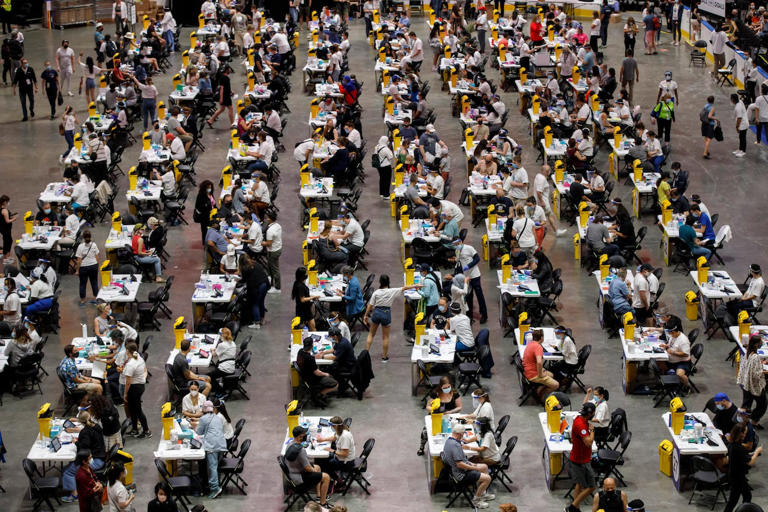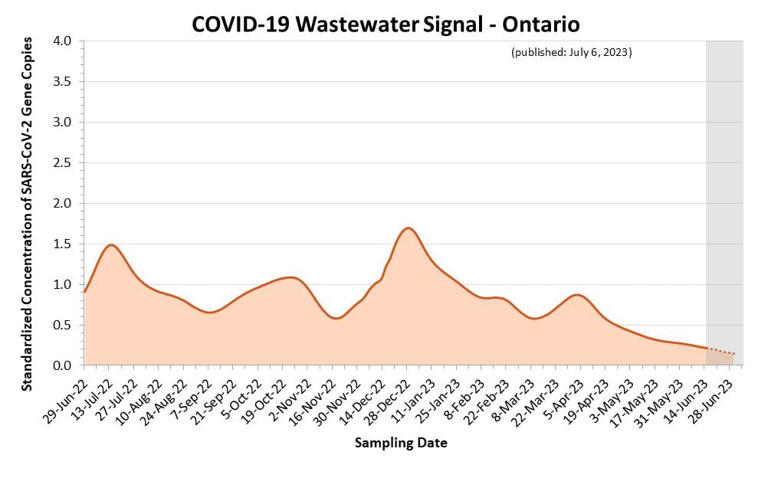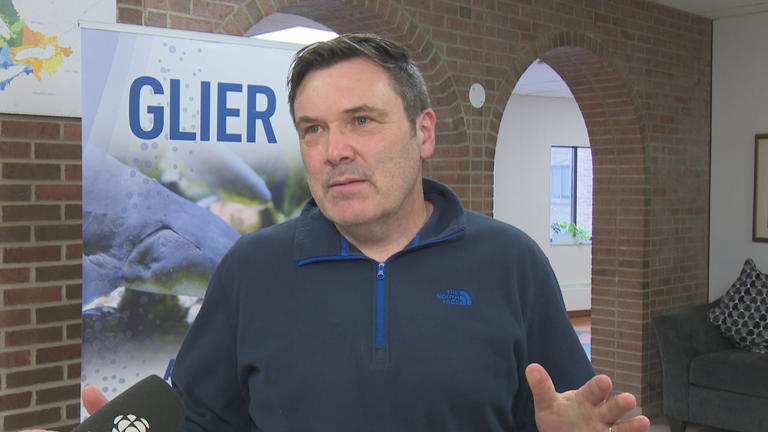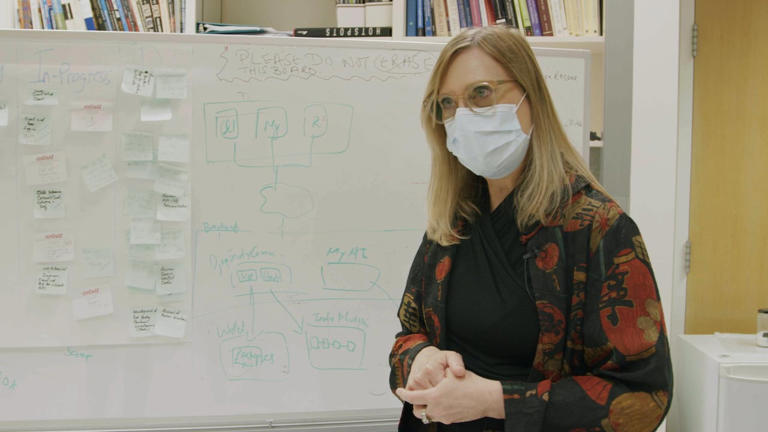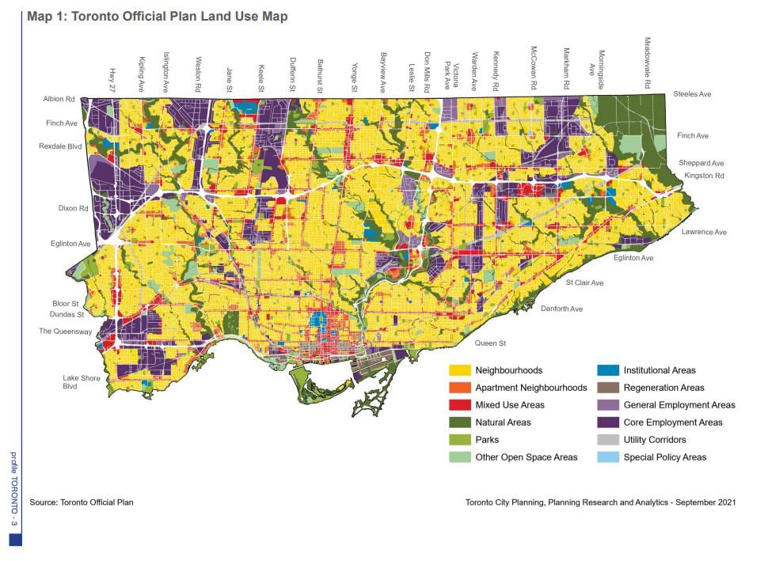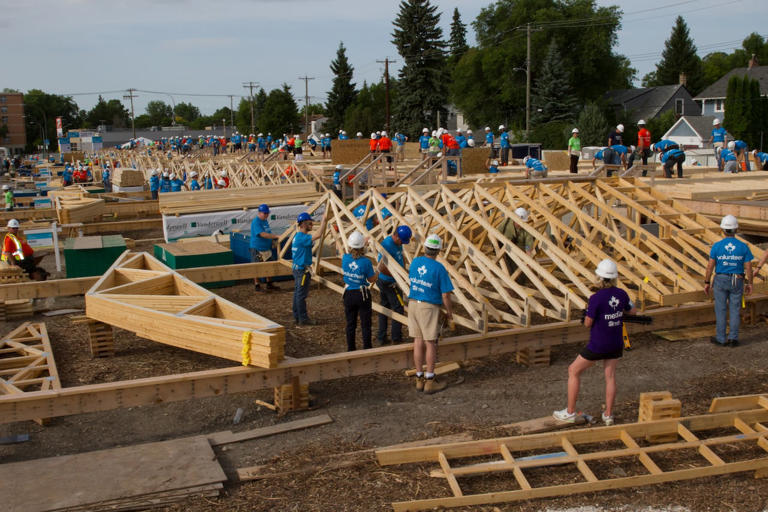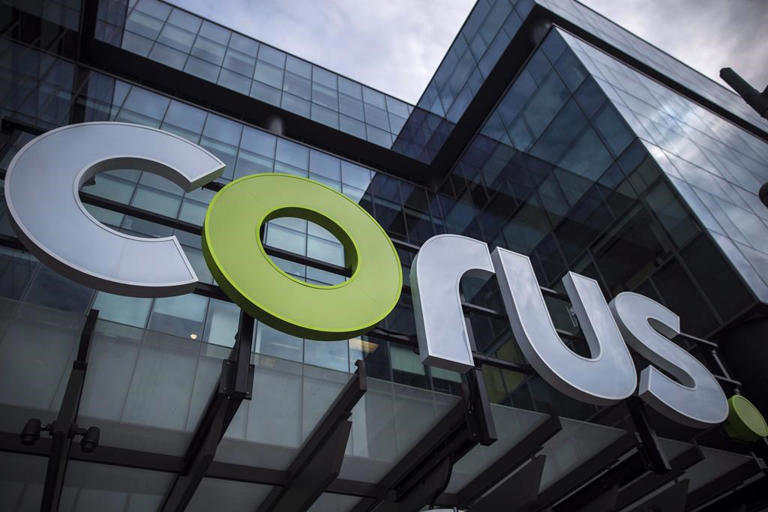Story by Paula Duhatschek • CBC - Jul 12, 2023
Canada's biofuel industry is seeing a major uptick in investment spurred on by growing global demand for biofuel and, in particular, the implementation of the country's new Clean Fuel Regulations.
In recent years, much of the investment in Canada's biofuel sector has targeted the production of renewable diesel, a biomass-based fuel that is chemically equivalent to petroleum diesel and can either be blended with it or used as a replacement fuel.
As that industry grows, so does Canada's canola processing sector. Canola is a popular low-carbon feedstock for renewable diesel that can be grown in large quantities, often near the refineries where it's being processed.
But the boom times could end as quickly as they began thanks to a new tax credit coming through the U.S. Inflation Reduction Act (IRA). A manufacturing vacuum that's already sucking investment in clean tech down south could claim Canadian biofuel production as its next victim.
"If [the credit] goes ahead as proposed, it's a full-on wrench [in the Canadian industry]," said Ian Thomson, president of Advanced Biofuels Canada, a lobby group.
Growing investment
Just this year, construction wrapped up on Canada's first renewable diesel refinery in Prince George, B.C., Saskatchewan's Covenant Energy announced plans to move ahead with a renewable diesel facility on the edge of Lloydminster and Imperial Oil committed $720 million to build a renewable diesel project near Edmonton.
Investment has been driven in part by provincial policies, like B.C.'s low-carbon fuel standards, and by Canada's Clean Fuel Regulations. The federal regulations came into effect this month and require liquid fossil fuel suppliers to gradually reduce the carbon emissions from the fuels they produce and sell over time.
Companies can choose for themselves how they meet these targets — such as by building a carbon capture and storage (CCS) facility at one of their refineries or offering electric vehicle charging. One of the main ways transportation fuel suppliers plan to do so is by blending biofuels into their product.
"That's a primary topic right now," said David Schick, vice-president of Western Canada and regulatory affairs for the Canadian Fuels Association, which represents companies that process crude oil and bring products to the market.
"Our members who provide most of the transportation fuel in Canada, up to about 95 per cent are coming up with ways to have more biofuels in the fuel mix in order to meet compliance obligations."
Interest in renewable diesel is also growing south of the border, due to the U.S. Renewable Fuel Standard and state-level policies in California, Washington and Oregon.
Canola crush plants in the works
All that demand has been good news for Canadian canola producers. While renewable diesel can also be made with soybeans, animal fats, used cooking oil and even algae, the canola industry has been an enthusiastic supporter of the renewable fuel sector as a market for canola.
Since 2021, there have been five major canola crushing announcements in the Prairies. Together, they're expected to increase the country's canola crush capacity by seven million metric tonnes — about 60 per cent above current levels, according to the Canola Council of Canada.
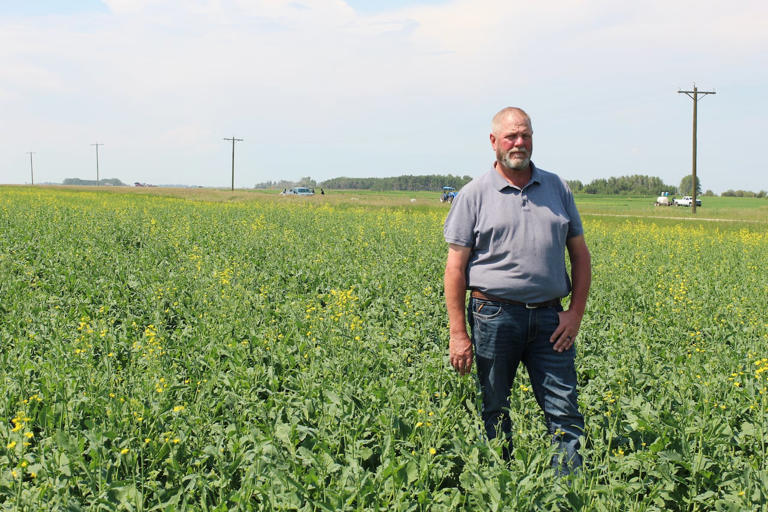
Jeff Nielsen, owner of JE Nielsen Farms near Olds, Alta., says greater demand for biofuel means a more diverse market for his product.
(Paula Duhatschek/CBC)
At least one of those plants, in north Regina, is slated to be co-located with a renewable diesel facility.
Jeff Nielsen, who farms canola, wheat and barley near Olds, Alta., says that's good news for his business.
He sees the Clean Fuel Regulations as a step in the right direction: a way to reduce the carbon emissions from the diesel he uses in farming while potentially making use of the canola he grows on the farm.
If the canola can also be processed and refined in Canada, so much the better, he said.
"The more we can keep here and crush here, we add more jobs here," said Nielsen. "So it's a great value-added proposition."
IRA will be 'double hit'
The looming threat on the horizon is a new U.S. tax credit that could pull investment down south.
Starting in 2025, the Clean Fuel Production Credit, part of the IRA, will offer a significant tax incentive to U.S. producers of clean transportation fuels, even those bound for export.
At the same time, the U.S. will phase out a blenders' tax credit that Canadian producers could previously access, Thomson said.
"It's a double hit," said Thomson. "Not only do Canadians lose access to the American market because they can't compete, Canadian producers are highly likely to not be able to compete in our own backyard because, essentially, subsidized American product will be coming into our market and undercutting Canadian producers."
Already, Calgary-based Parkland Corporation has scrapped plans to build a standalone renewable diesel complex at its refinery in Burnaby, B.C., and blamed the decision, in part, on the IRA and the way it "advantages U.S. producers."
The industry is hoping Canada's next federal budget, or, ideally, the fall economic statement will include incentives to keep biofuel production north of the border.

A renewable diesel facility at Imperial's Strathcona refinery near Edmonton is expected to produce 20,000 barrels per day of renewable diesel once it is complete.
At least one of those plants, in north Regina, is slated to be co-located with a renewable diesel facility.
Jeff Nielsen, who farms canola, wheat and barley near Olds, Alta., says that's good news for his business.
He sees the Clean Fuel Regulations as a step in the right direction: a way to reduce the carbon emissions from the diesel he uses in farming while potentially making use of the canola he grows on the farm.
If the canola can also be processed and refined in Canada, so much the better, he said.
"The more we can keep here and crush here, we add more jobs here," said Nielsen. "So it's a great value-added proposition."
IRA will be 'double hit'
The looming threat on the horizon is a new U.S. tax credit that could pull investment down south.
Starting in 2025, the Clean Fuel Production Credit, part of the IRA, will offer a significant tax incentive to U.S. producers of clean transportation fuels, even those bound for export.
At the same time, the U.S. will phase out a blenders' tax credit that Canadian producers could previously access, Thomson said.
"It's a double hit," said Thomson. "Not only do Canadians lose access to the American market because they can't compete, Canadian producers are highly likely to not be able to compete in our own backyard because, essentially, subsidized American product will be coming into our market and undercutting Canadian producers."
Already, Calgary-based Parkland Corporation has scrapped plans to build a standalone renewable diesel complex at its refinery in Burnaby, B.C., and blamed the decision, in part, on the IRA and the way it "advantages U.S. producers."
The industry is hoping Canada's next federal budget, or, ideally, the fall economic statement will include incentives to keep biofuel production north of the border.

A renewable diesel facility at Imperial's Strathcona refinery near Edmonton is expected to produce 20,000 barrels per day of renewable diesel once it is complete.
(John Ulan/The Canadian Press)
Schick, with the Canadian Fuels Association, said many fuel companies could easily build projects in Canada or the U.S., but will choose the option that makes the most economic sense.
"What's at stake is that if we don't produce these products in Canada, we're sending our feedstocks to the United States and buying these products back," he said.
"That reduces the reliability of supply, potentially increases the cost, and it's really a lost opportunity for Canada to take all of these natural advantages we have to produce these fuels in the country that the world wants."
Export 'trap'
Growers and processors will continue to produce canola and canola oil whether it's being used domestically or exported south of the border.
But that industry also hopes to keep biofuel production in Canada as much as possible. The domestic market is more certain, less subject to the instability that comes from selling to the export market and better for the overall economy to have the entire production cycle take place in Canada.
"We shouldn't fall into that trap, if I can call it that, with regards to just shipping raw product out of our country and then bringing finished product back," said Chris Vervaet, executive director of the Canadian Oilseed Processors Association.
"What's that saying about 'hewers of wood and drawers of water?' That's kind of been Canada's history, and there's many different reasons why that's still the case today — but again, here's an opportunity in front of us to change that narrative."
Schick, with the Canadian Fuels Association, said many fuel companies could easily build projects in Canada or the U.S., but will choose the option that makes the most economic sense.
"What's at stake is that if we don't produce these products in Canada, we're sending our feedstocks to the United States and buying these products back," he said.
"That reduces the reliability of supply, potentially increases the cost, and it's really a lost opportunity for Canada to take all of these natural advantages we have to produce these fuels in the country that the world wants."
Export 'trap'
Growers and processors will continue to produce canola and canola oil whether it's being used domestically or exported south of the border.
But that industry also hopes to keep biofuel production in Canada as much as possible. The domestic market is more certain, less subject to the instability that comes from selling to the export market and better for the overall economy to have the entire production cycle take place in Canada.
"We shouldn't fall into that trap, if I can call it that, with regards to just shipping raw product out of our country and then bringing finished product back," said Chris Vervaet, executive director of the Canadian Oilseed Processors Association.
"What's that saying about 'hewers of wood and drawers of water?' That's kind of been Canada's history, and there's many different reasons why that's still the case today — but again, here's an opportunity in front of us to change that narrative."

